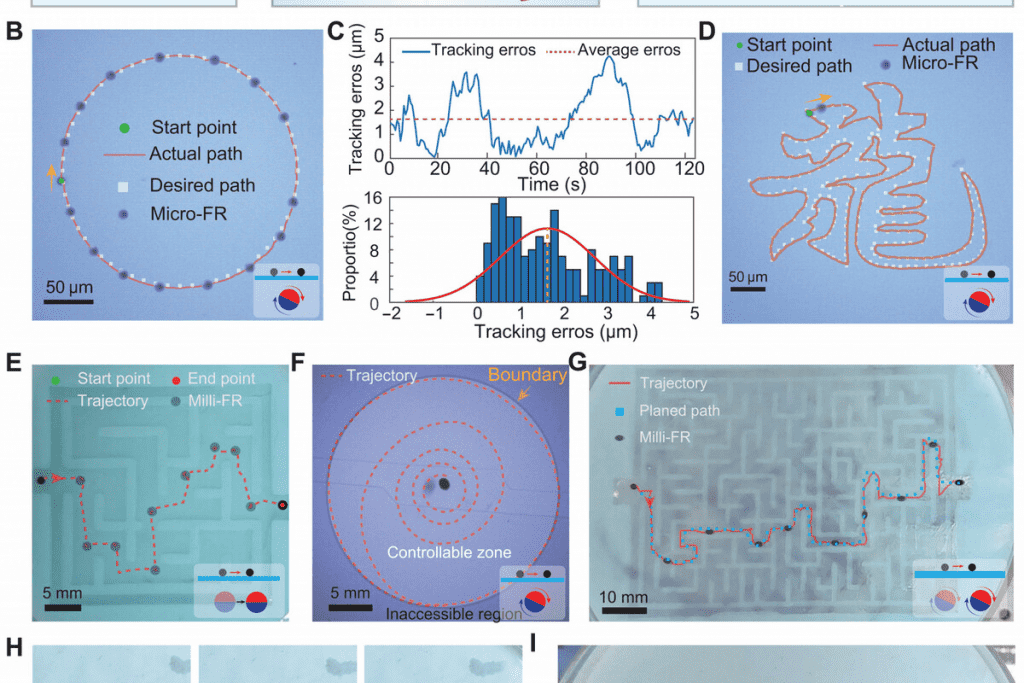A team of researchers from Taiwan-based Soochow University, Harbin Institute of Technology in China, and Germany’s Max Planck Institute for Intelligent Systems has come up with a state-of-the-art “scale-reconfigurable miniature ferrofluidic robot (SMFR)” having an incredible capability to smoothly run inside the human body and can easily change its structural configuration according to the requirements of the pathways. This unique and soft robot has greater flexibility and can even be administered through the use of magnets, as reported by New Scientist. The use of oil-based ferrofluid droplets is a mechanism behind this adaptable robot, which makes it accessible to magnets, and through this, the motion of SMFR can easily be controlled. However, the research has been published in the journal “Science Advances.“

This soft and reconfigurable robot is an incredible scientific feat of its own. The nanoparticles of iron oxide that have been immersed in the hydrocarbon oil are the major phenomenon behind its responsive nature. Not only this, the robot, when passing inside different parts of the body, can easily alter its shape and decompose into small parts for smooth access. However, when the passage becomes widened, it assembles back into its original shape. Hence, you might have noticed the trend here. It’s all according to the requirements of the pathways inside the human body. In addition to this, the pieces of SMFR can also be decomposed when a magnetic field is given.
Coupled with this, the key objective of using ferrofluid particles is their covalent bonding together. Due to this, the robot can easily adjust its parts and can ramp up its scalability. However, the researchers analyzed this hypothesis by putting the robot inside a maze and then made conclusions. As you can see in the figure below, a maze consists of different zig-zag path patterns, having obstacles at different locations. And the SMFR can be seen passing through all these pathways effectively by smoothly altering its structure. Hence, the research has been deemed a success.

According to the researchers, “When in a relatively wide workspace, one can improve the SMFR’s task execution capabilities and efficiency by making them larger through the scale-up strategy; however, when encountering extremely narrow and restricted environments, one can scale them down into a swarm by the splitting strategy, making them very suitable for navigating tubular or slit-like lumen structures with sharply variable cross-sectional dimensions inside the human body.”
They further said, “Achieving some application-oriented tasks, such as SMFR-based targeted cargo delivery, precise local magnetic hyperthermia, or selective occlusion of tumor blood vessels, would also be of great interest and thus another potential direction for future research.”


